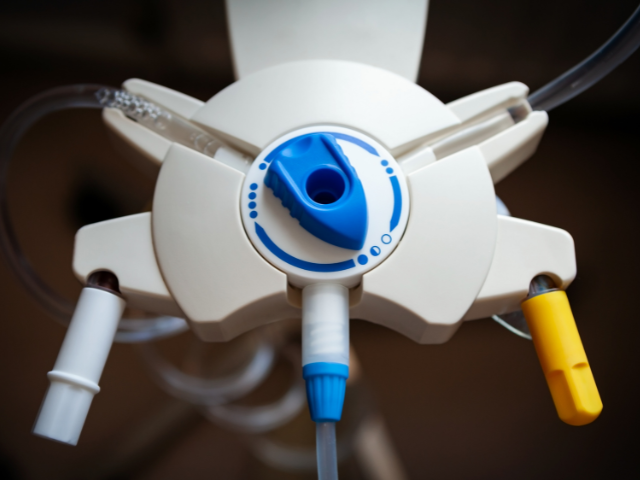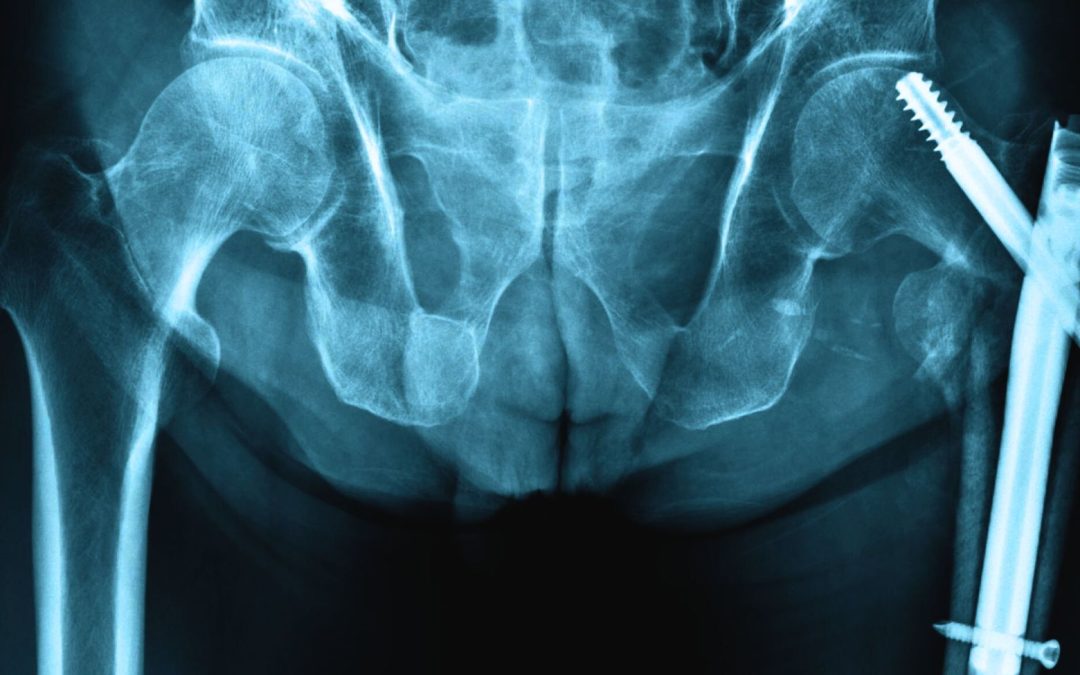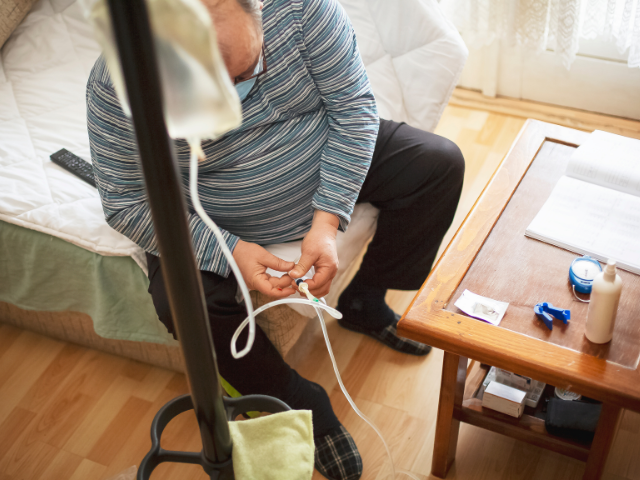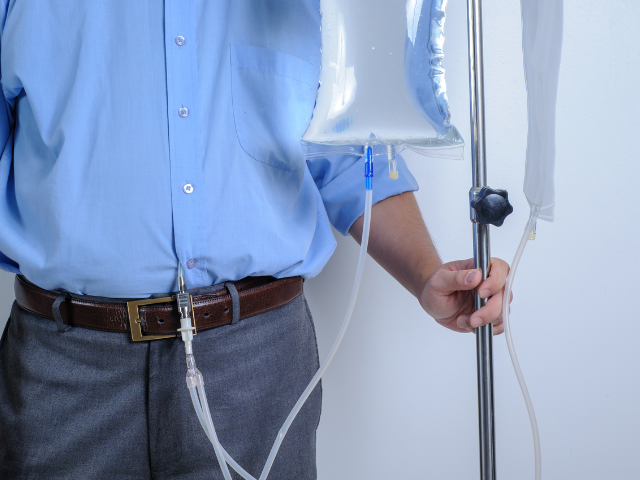Peritoneal Dialysis vs. Hemodialysis
In hemodialysis, the patient is connected to a machine through a catheter, arteriovenous graft, or a fistula. The hemodialysis machine cleans the patient’s blood by removing their waste and fluids. Hemodialysis is one of many dialysis modalities that can help to keep the ESRD patient alive, according to the Mayo Clinic.
PD provides a strong foundation for renal replacement therapy (dialysis), according to Baxter Health Corp. For years, PD has been viewed as more about patient convenience than therapy effectiveness. But it provides solid clinical results that can improve a patient’s chances of success in renal replacement therapy compared to incenter hemodialysis.
How Does Peritoneal Dialysis Work?
In short, the PD cycle consists of draining, filling, and dwelling.
It uses the pore-lined peritoneal membrane, which lines our abdominal cavity. The trained PD patient, or a PD nurse, initiates PD by filling the abdominal cavity with a glucose-based solution via a surgically placed PD catheter. Once the glucose-based solution dwells in the peritoneal membrane, the membrane functions as an internal filter, allowing the solution to pull waste and excess fluid from the blood, through the membrane pores, and into the abdominal sac.
Once the PD dwelling cycle is completed, the patient drains the PD waste via the catheter into a waste receptacle.









